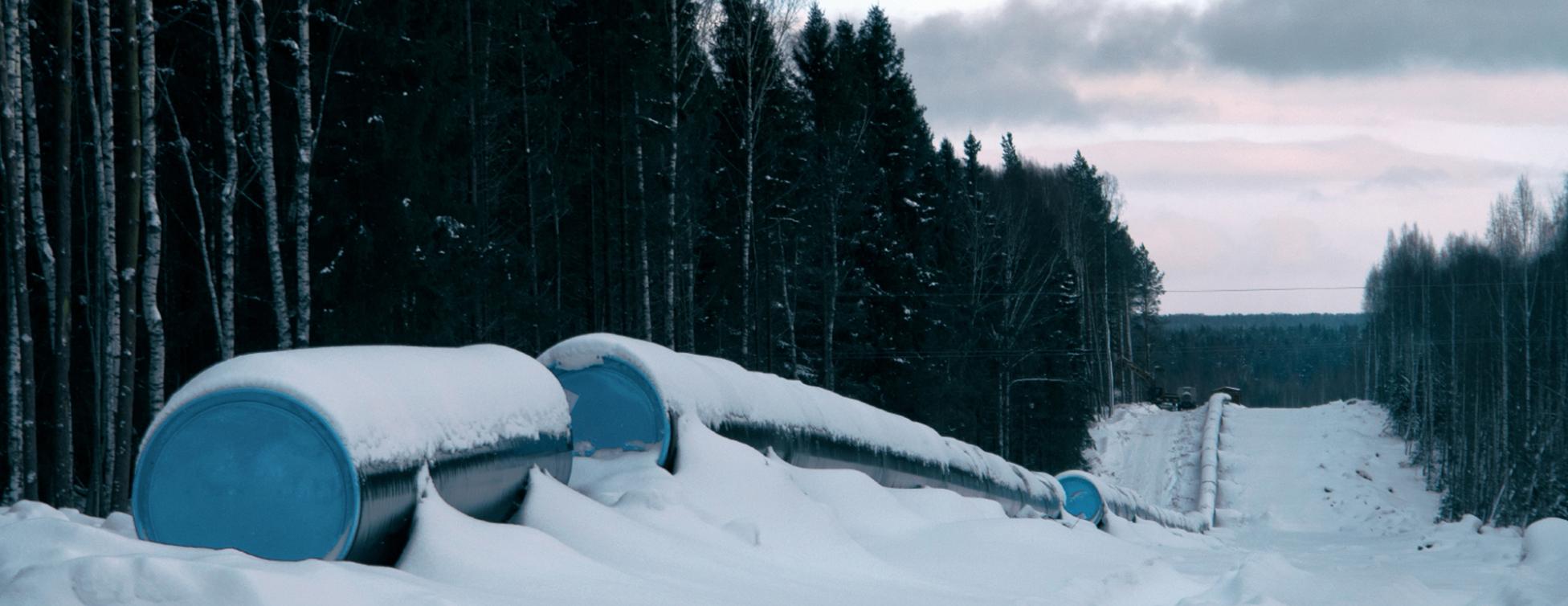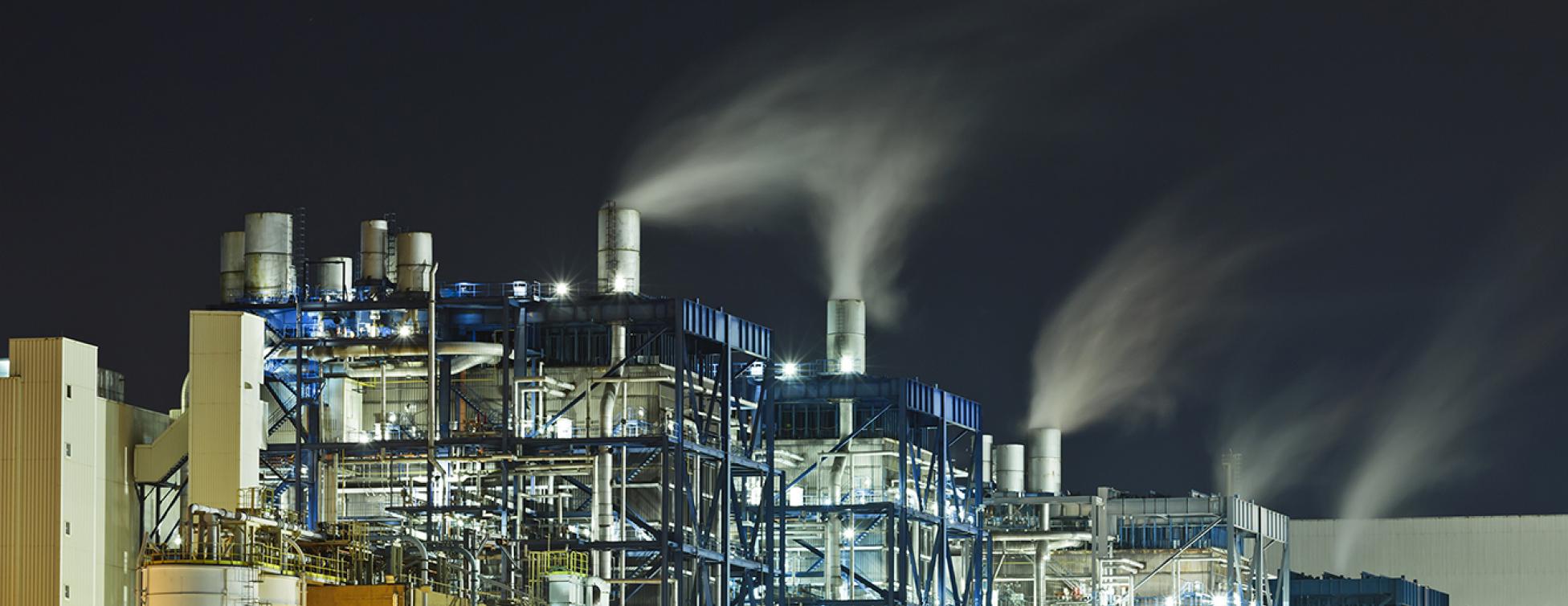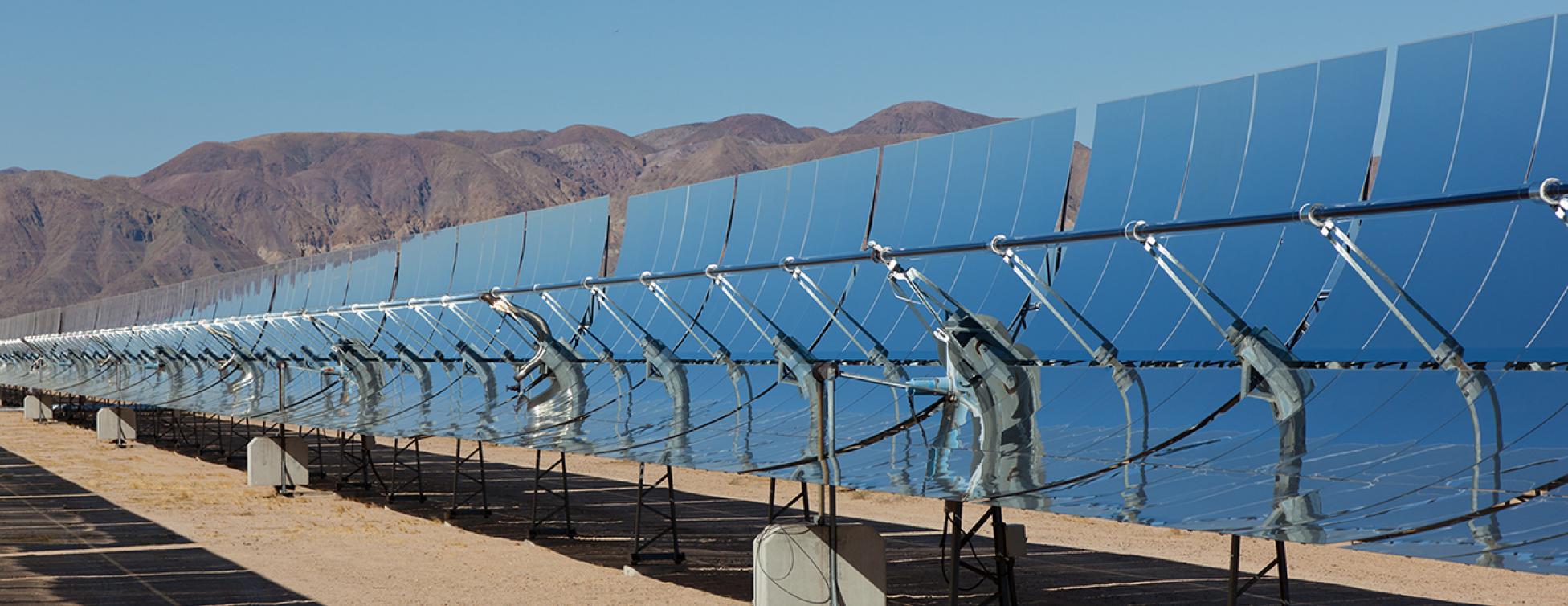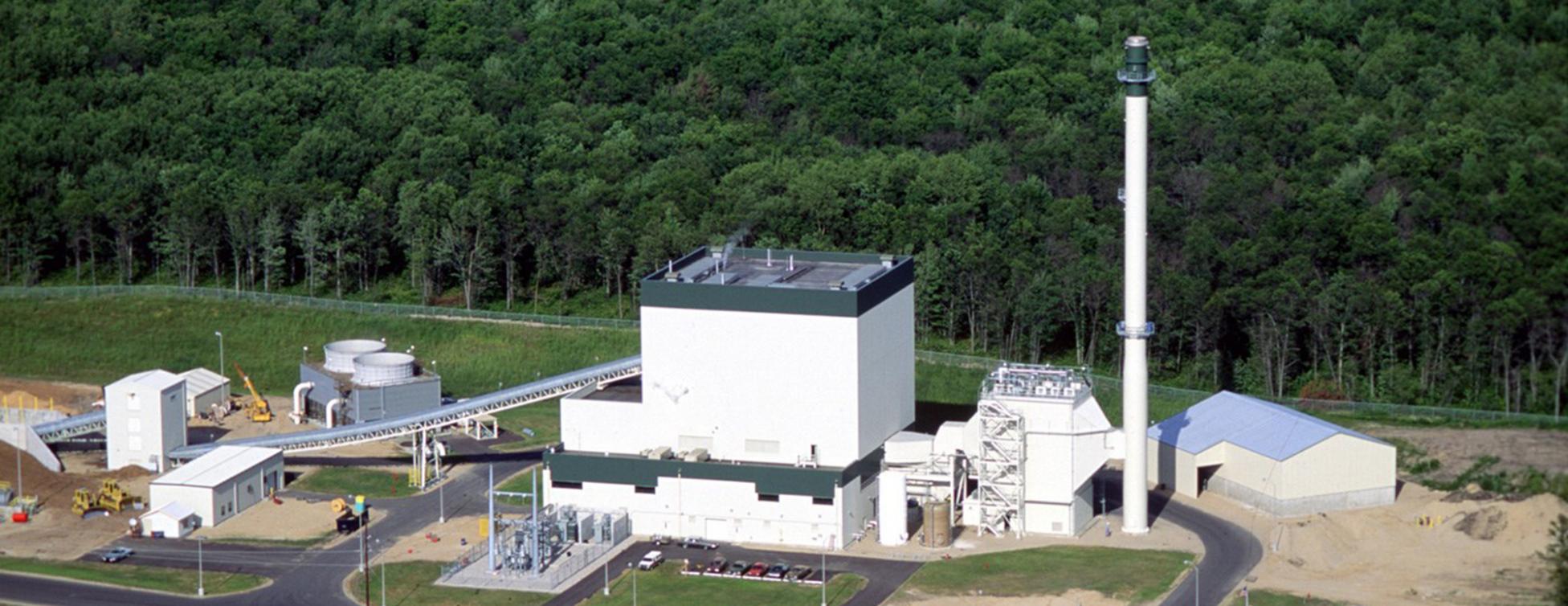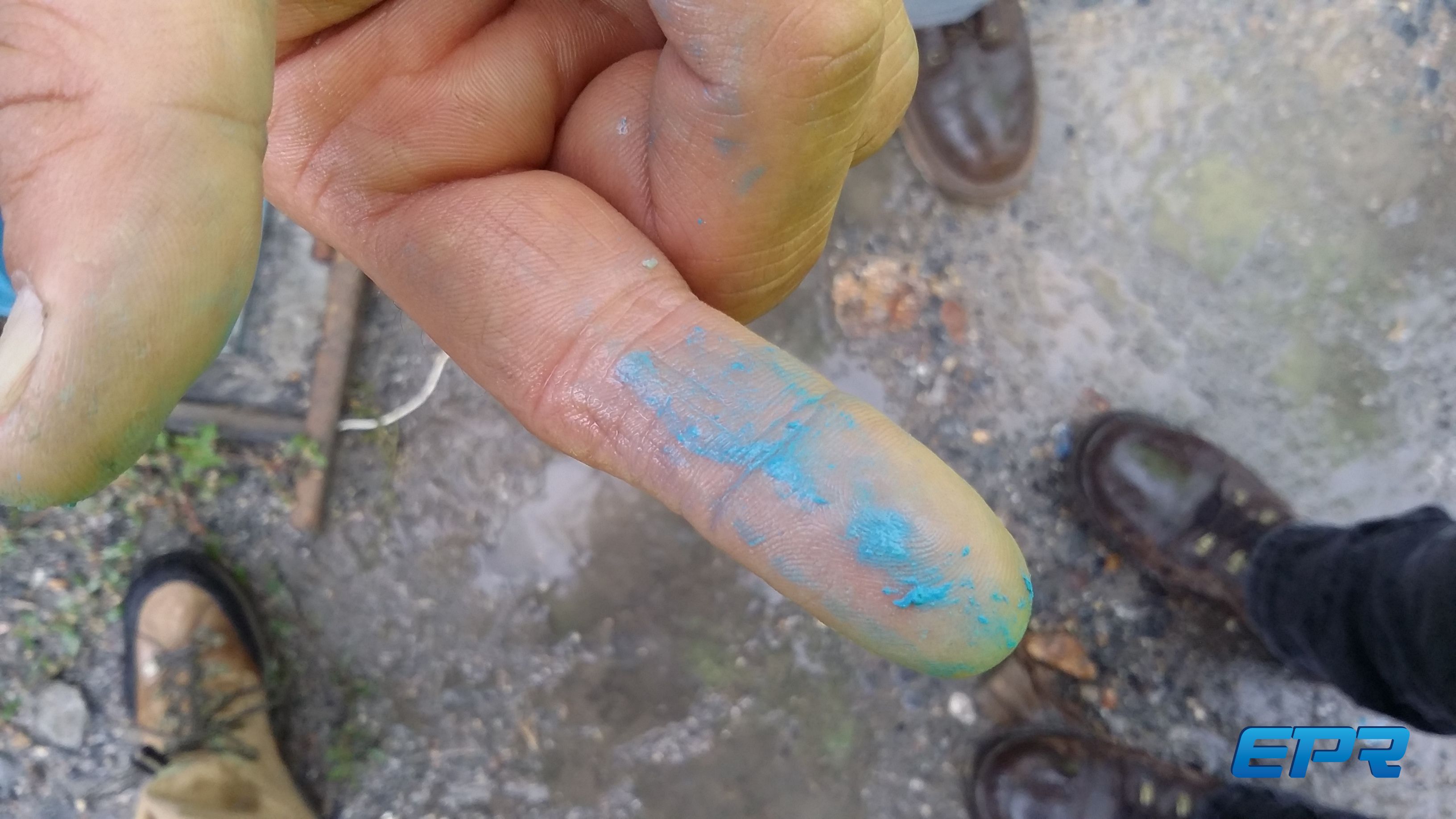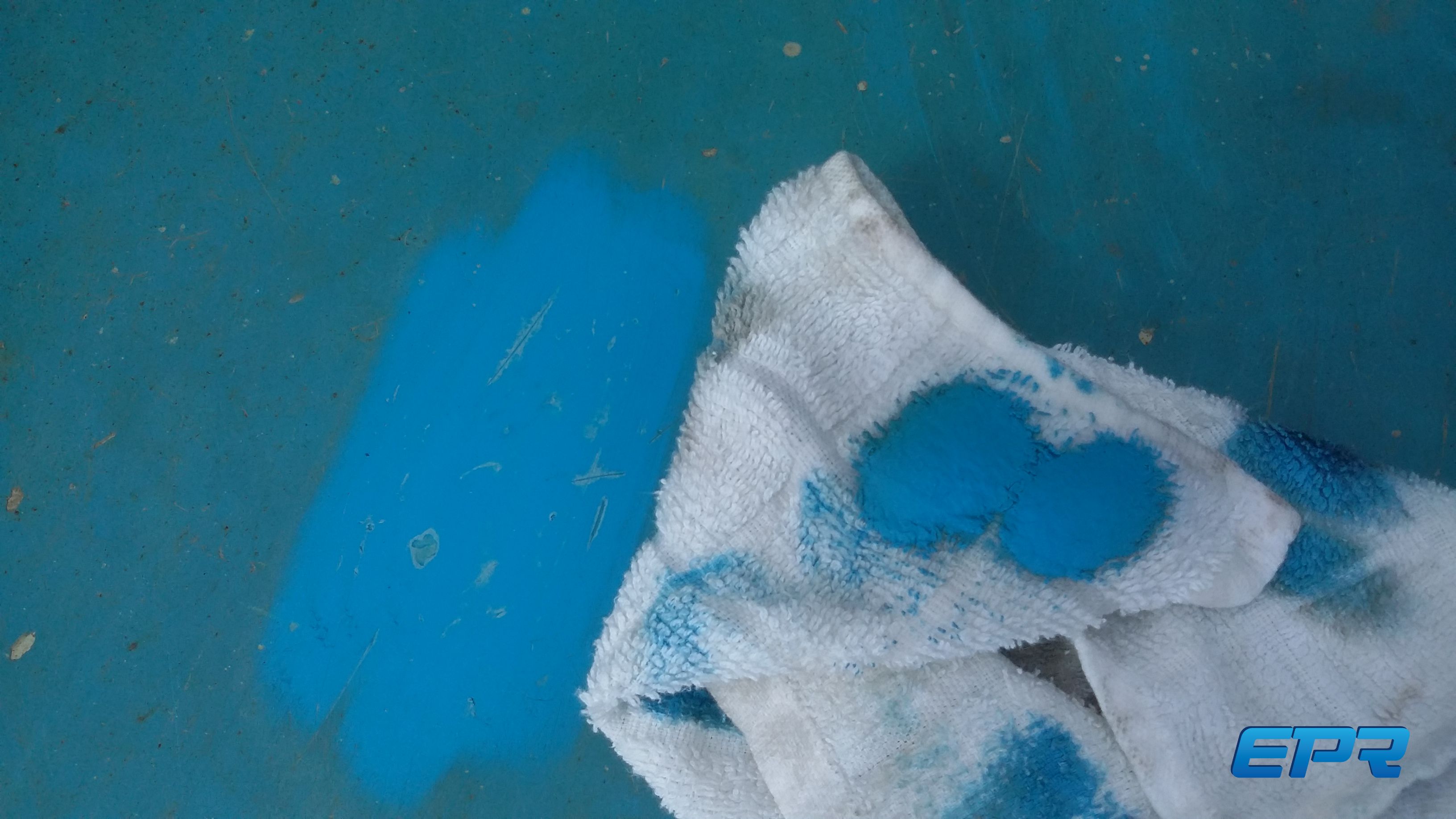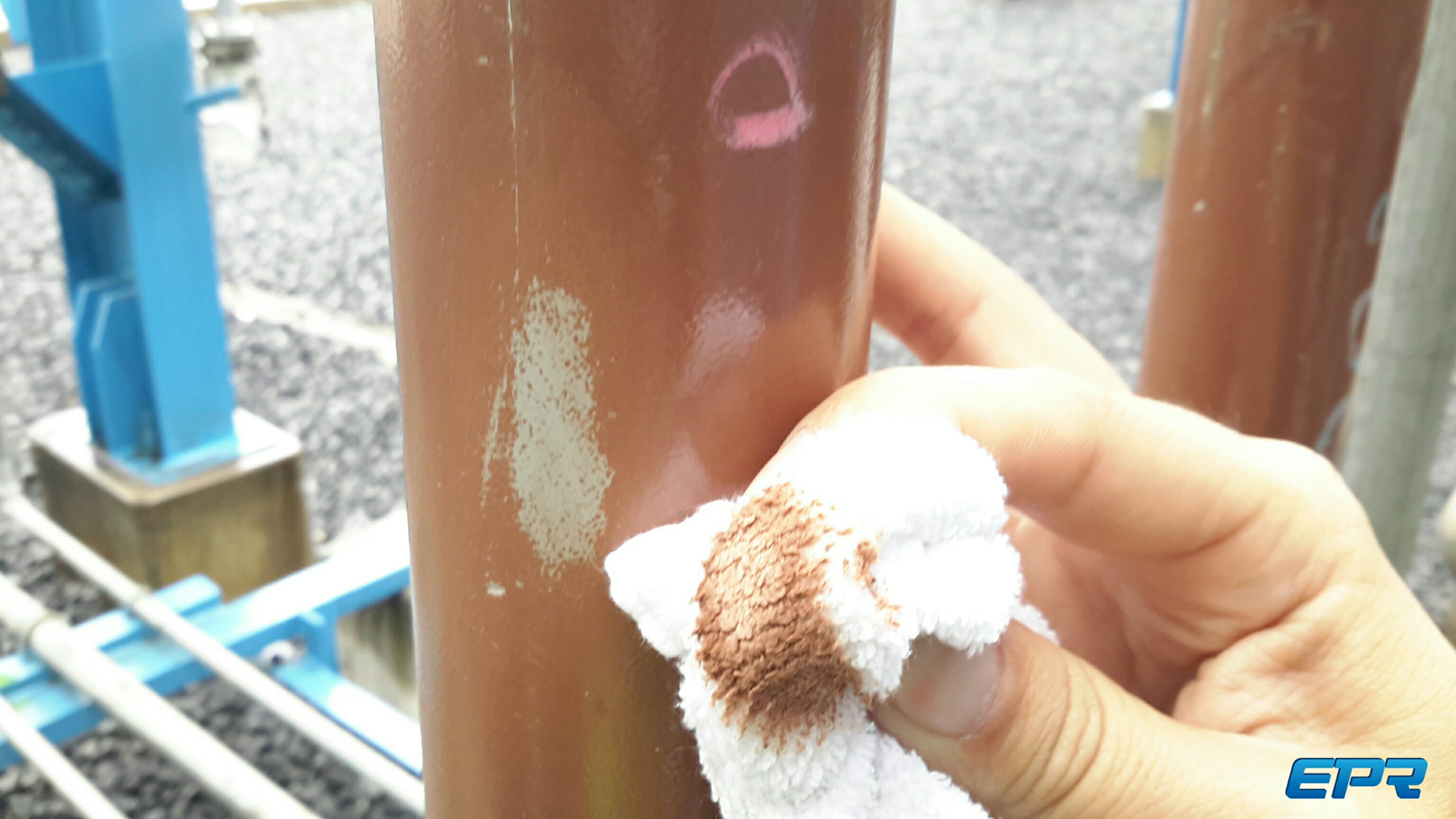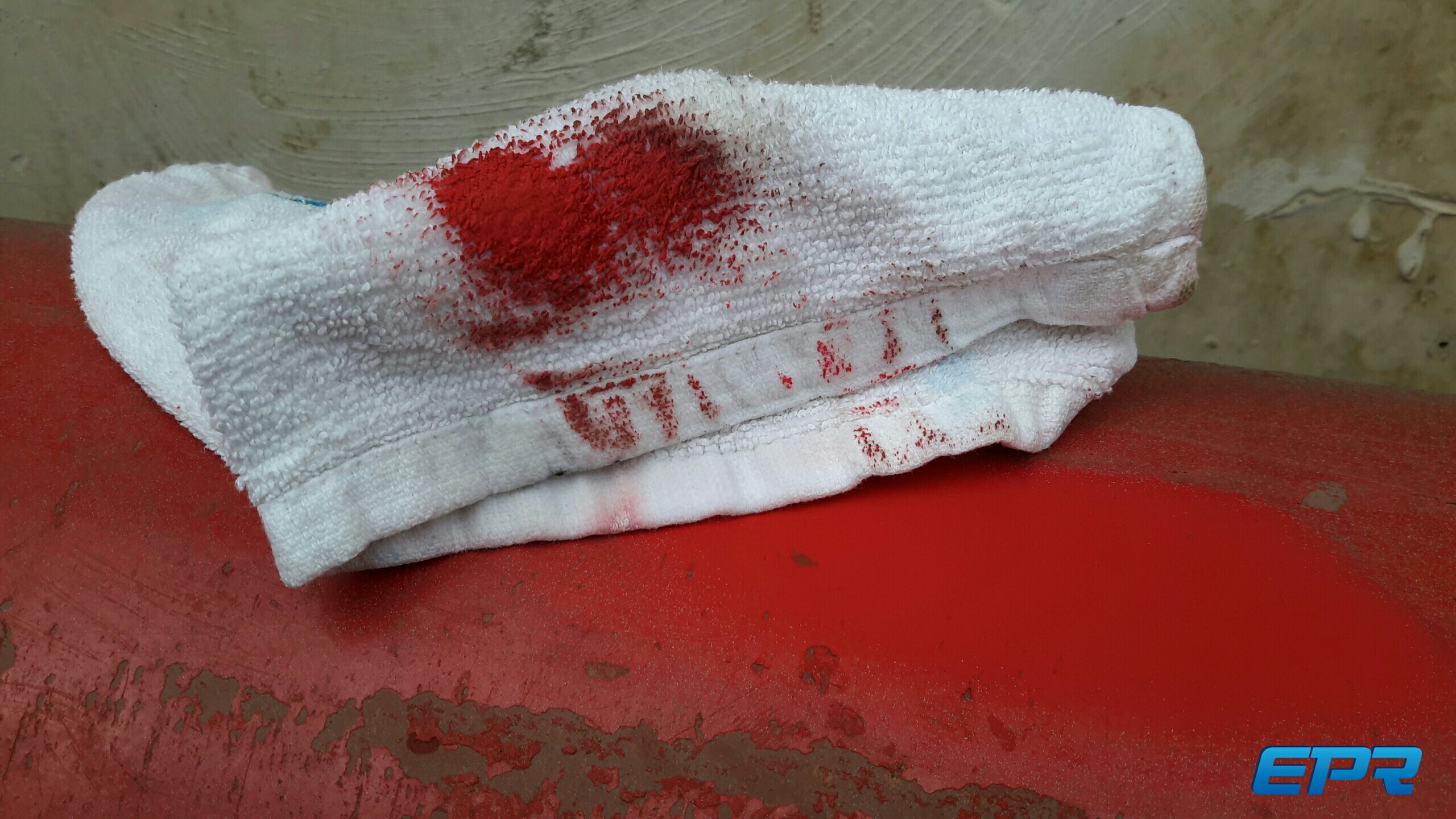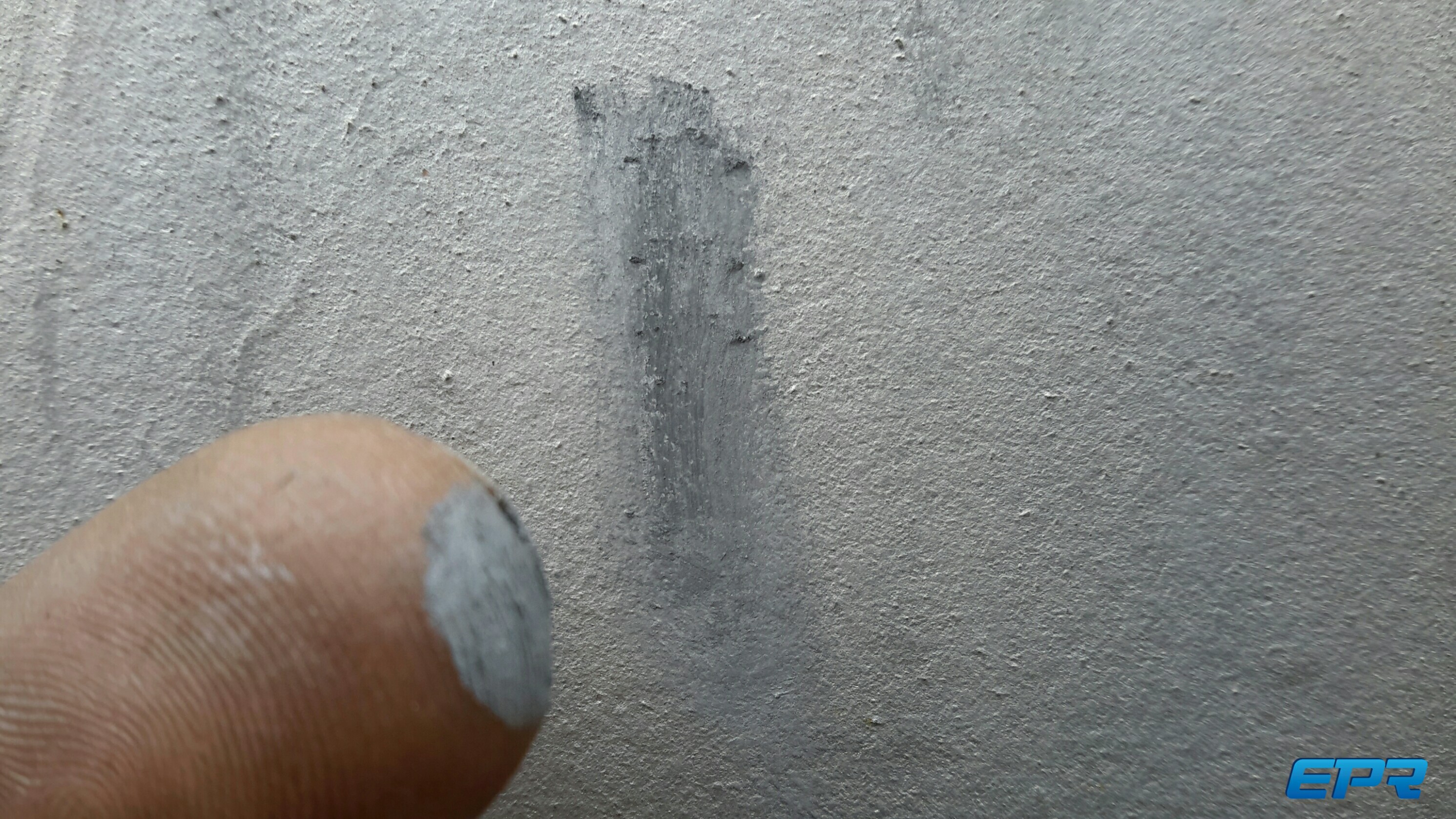Uncured Coatings
One of the more interesting construction defects observed at a plant in Asia is a nearly universal application of coatings that did not cure.
As background, modern "paint" used in a power plant is a complex engineered product often applied in two or three layers. This is because each layer has a purpose. For example, inorganic zinc is often used as a primer, but not suitable as a top coat. Similarly, epoxy is used as a second coat, but not a topcoat because it is poor at enduring UV unlike a urethane.
Each of the layers must be properly mixed, and usually is catalyzed with a hardener. The proportion of hardener to base product is very important. Too little, the coating never cures and perpetually stays soft. It's a failed coating. Another important factor is to keep water (rain and condensation) from the coating components. Water affects curing also.
At the plant in question, easily 70% of the coated plant (large coal plant) had coatings that were not cured. To test this defect, ASTM has a MEK (Methyl Ethyl Ketone) wipe test which roughly involves a clean cloth, a little MEK, and 50 double wipes of a clean surface. If the coating "lifts" it's not cured properly. The examples here are usually with a few wipes, or the scrape of a fingernail...
EPR estimated the repair costs to be on the order of $50mm. Keep in mind the improvement scope includes scaffolding, tenting, blasting, and new coatings. Nothing could practically be done to remedy this problem, so the owner accepted an elevated annual O&M cost to the extent they want their plant to stay protected. It is located in a polluted, high chloride deposition environment.
None.
Colossal. Left unrepaired...



